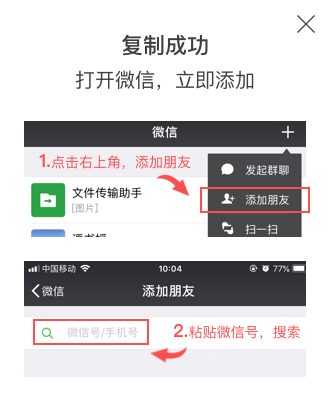BJU Int. 2010 Oct 15. doi: 10.1111/j.1464-410X.2010.09775.x. [Epub ahead of print]
Novel methods for the diagnosis and treatment of ejaculatory duct obstruction.
Laboratory of Reproductive Medicine, Department of Urology, First Affiliated Hospital of Nanjing Medical University, Nanjing, China. 江苏省人民医院泌尿外科王增军
Abstract
Study Type - Therapy (case series) Level of Evidence 4
OBJECTIVES: • To investigate a new method of vas deferens radiography for ejaculatory duct obstruction (EDO). • To evaluate the effect of a procedure involving dilation of the ejaculatory duct by F9 seminal vesicoscopy.
PATIENTS AND METHODS: • Twenty-two patients with EDO were diagnosed using semen analysis, semen fructose measurement, transrectal ultrasonography (TRUS) and vas deferens radiography. • Of these, 18 patients were successfully treated by dilation of ejaculatory duct using F9 seminal vesicoscopy and four patients, whose treatment was unsuccessful, were treated by transurethral resection of the ejaculatory ducts (TURED). • All patients were followed up for at least 3 months after treatment.
RESULTS: • Semen analyses in all 22 patients showed oligoasthenozoospermia or azoospermia, low semen volume (0-1.9 mL), low pH level (5.6-7.0) and absent or low semen fructose. TRUS and radiography showed pure dilated seminal vesicles on both sides in three patients, partial dilated seminal vesicles in one patient, dilation of both the ejaculatory duct and seminal vesicles in ten patients, dilated seminal vesicles and a prostatic cyst in four patients, and dilated ejaculatory duct or cystic lesions without dilated seminal vesicles in the remaining four patients. • At >3-month follow-up after dilation or TURED, the semen characteristics of 18 patients were improved and sperm were present in the semen in 13 cases. Normal semen analyses were found in 7 patients and 6 patients had conceived. • Voiding urethral radiography showed that no patients who had undergone dilation by seminal vesicoscopy had urine reflux into the ejaculatory duct. Only one patient showed urine reflux into the seminal vesicle after TURED. • All patients felt that their symptoms had improved after treatment.
CONCLUSION: • The approach to vas deferens radiography using vas deferens aspiration has proved to be an effective and safe method for EDO diagnosis. • The procedure involving the dilation of the ejaculatory duct using F9 seminal vesicoscopy is equally effective but has fewer postoperative complications than TURED.
























 打开APP
打开APP